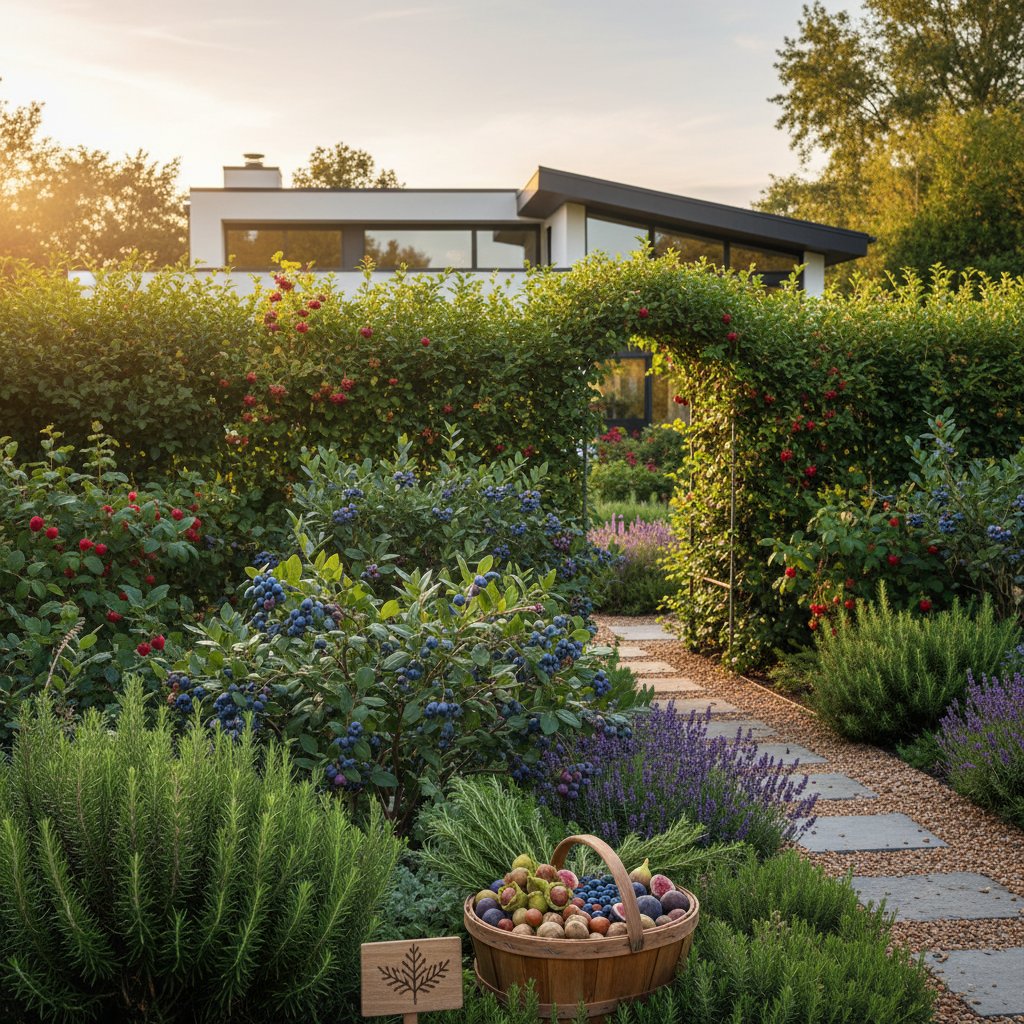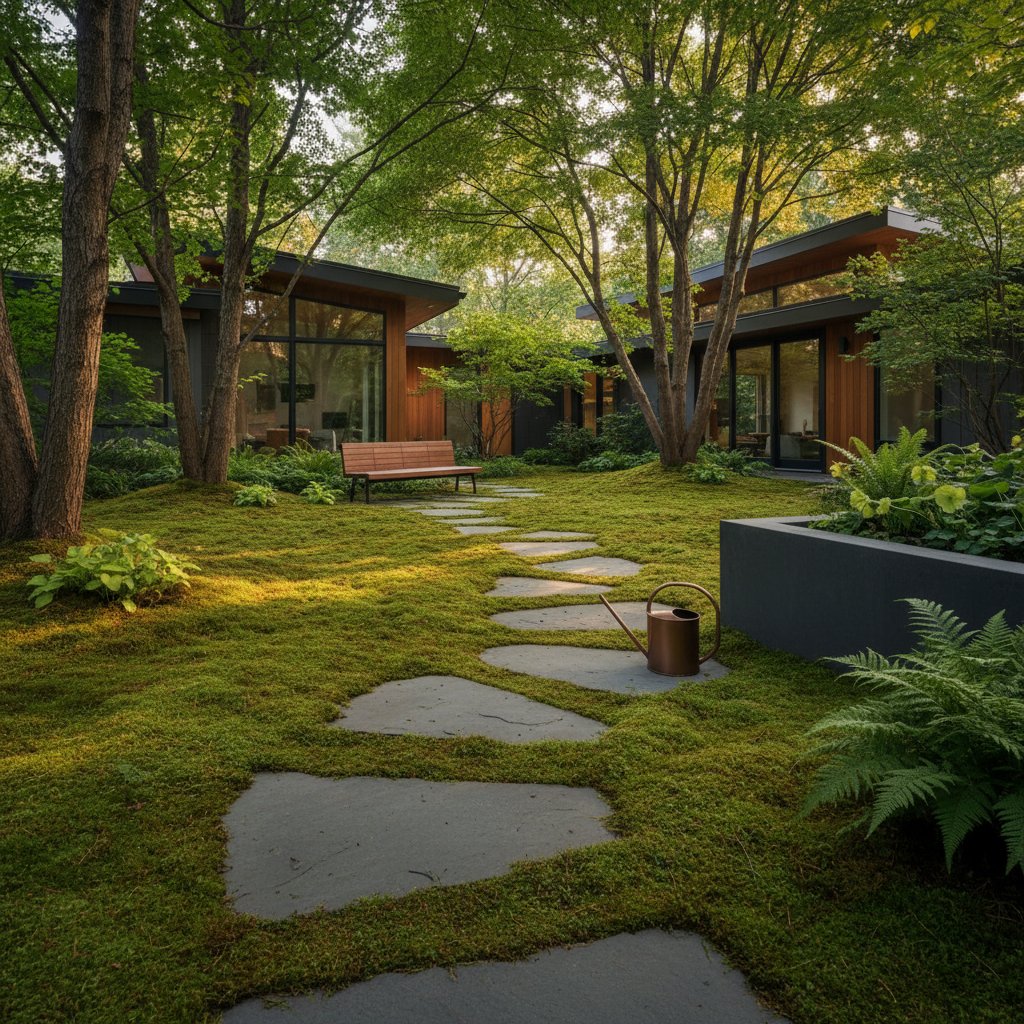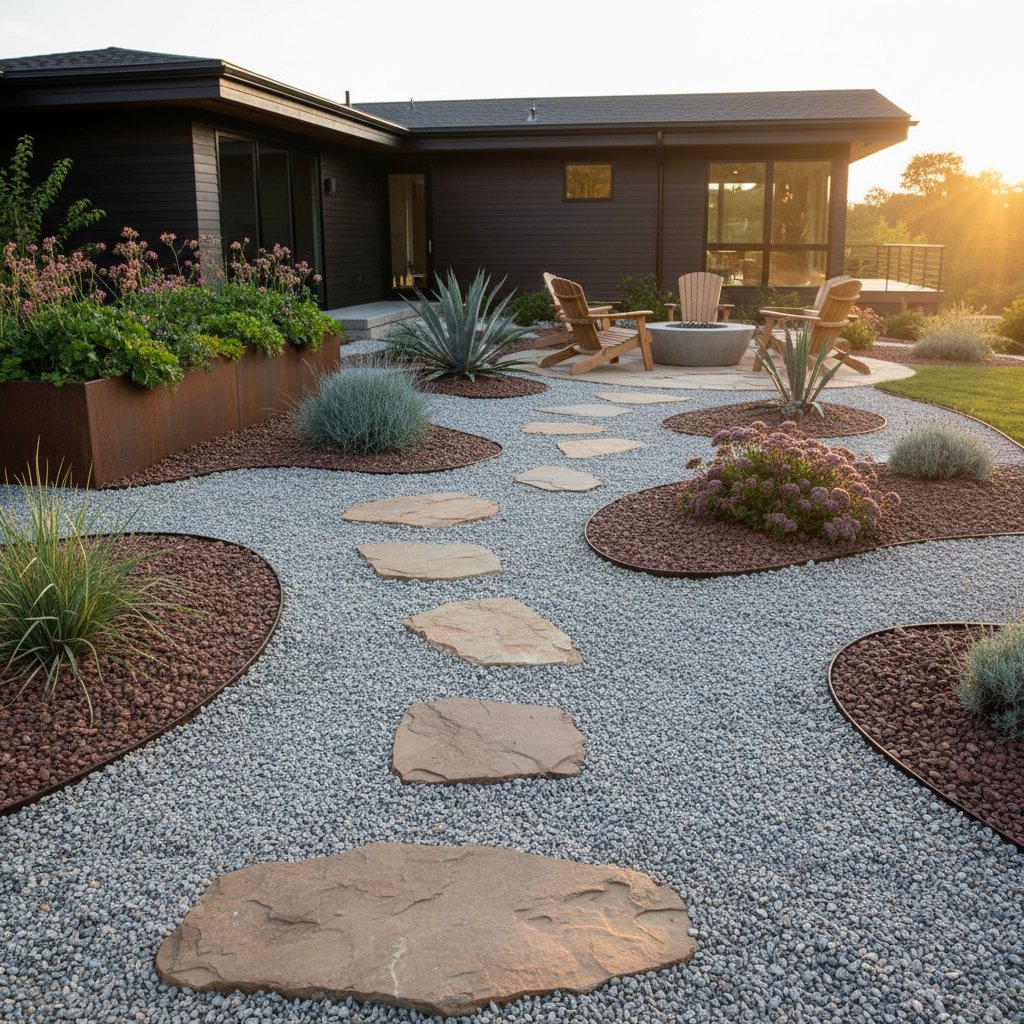Edible Hedges: Blending Privacy with Abundant Yields
Privacy hedges traditionally consist of dense evergreens or sturdy shrubs that shield views and dampen sounds. Such plantings provide essential barriers yet offer little utility beyond enclosure. Edible hedges achieve comparable screening while delivering harvests of fruits, herbs, or nuts directly from your yard, all without sacrificing form or allure.
In constrained outdoor areas, edible hedges optimize every inch of ground. They convert property lines or internal dividers into multifunctional assets that blend utility with elegance. Strategic plant selections ensure ongoing visual appeal, periodic blooms, and consistent edible outputs throughout the year.
Key Distinctions of Edible Hedges
Edible hedges incorporate plants that extend beyond visual obstruction to generate kitchen-ready produce. Common elements include fruit-laden shrubs, berry producers, or compact trees shaped for thickness. These designs accommodate formal geometries or relaxed contours, scaling from low borders along paths to lofty screens reaching second-story heights.
The core principle integrates aesthetics, seclusion, and yield within a single planting row. Such hedges adapt to diverse site conditions, from sunny exposures to partial shade, while supporting pollinators and soil health. Their multifaceted role transforms ordinary boundaries into dynamic garden features.
Selecting Optimal Plants
Plant choices for edible hedges hinge on regional climate, soil characteristics, and available area. Prioritize varieties that endure shearing, develop compact growth, and deliver dependable edibles. Consider hardiness zones, typically USDA 4-8 for many options, to match local winters and summers. Below are proven candidates:
- Blueberries: These form tidy rows with lustrous foliage and vivid autumn hues. They demand acidic soil (pH 4.5-5.5) and steady hydration. Plant in zones 3-8; space 3-4 feet apart for hedges yielding 5-10 pounds per mature bush after two years.
- Currants and Gooseberries: Suited to temperate zones 3-7, these tolerate light shade and yield tangy berries for preserves or pies. Space 3 feet apart; expect harvests of 5-8 pounds per plant in full sun to partial shade.
- Aronia (Chokeberry): Resilient in zones 3-8, this species copes with clay or sandy soils and produces antioxidant-rich berries. It features spring blossoms and fall color; plant 4-5 feet apart for dense screens with 10-15 pounds of fruit annually.
- Hazelnuts: For taller hedges in zones 4-8, these nut producers require 6-8 feet spacing and multiple cultivars for pollination. They offer multi-stemmed structure and 5-10 pounds of nuts per bush once established.
- Rugosa Roses: Hardy in zones 3-7, these withstand coastal stresses and generate vitamin C-packed hips. Space 4 feet apart; harvest hips in fall for teas or jellies, alongside fragrant summer blooms.
- Herbal Borders: Rosemary (zones 7-10), lavender (zones 5-9), and thyme (zones 5-9) create low, aromatic edges. Space 2-3 feet; these draw bees and provide year-round clippings for cooking.
Evaluate mature dimensions, expansion speed, and upkeep demands when deciding. Combining species extends bloom periods, harvest windows, and textural contrasts for a richer display.
Layout and Planting Strategies
Effective edible hedges demand precise site assessment for uniform development and vitality. Measure the intended run and account for access paths or gates. Standard spacing ranges from 2-6 feet, narrower for quick infill and wider for sprawling types like hazelnuts.
Amend planting beds by eradicating perennial weeds, tilling to 12 inches deep, and incorporating 2-3 inches of compost for nutrient balance. Conduct a soil test to calibrate pH; acidify with sulfur for blueberries, while neutral soils suit most others. Position plants during mild weather, ensuring root balls sit level with ground surface.
Sun exposure profoundly influences productivity. Fruit shrubs generally require 4-6 hours of direct light daily; opt for shade-adapted picks like currants (tolerating 2-4 hours) for north-facing sites. Incorporate drip irrigation lines during installation to sustain establishment phase watering.
Pruning and Upkeep Routines
Consistent trimming sustains density and output in edible hedges. Neglect leads to sparse interiors and diminished yields. Focus on removing spent canes post-fruiting and thinning crowded areas annually.
- Pruning Schedule: Shear fruit types immediately after picking, or in late winter for dormant renewal. Target 20-30 percent removal to invigorate basal shoots.
- Shaping Technique: Taper tops 6-12 inches narrower than bases to promote lower light penetration and even growth.
- Fertilization: Side-dress with 2-4 inches of compost in March; supplement acid-lovers with ammonium sulfate if tests indicate deficiency.
- Irrigation Practices: Deliver 1 inch weekly during growth; established plants withstand drought but fruit best with even supply.
- Mulch Application: Spread 3 inches of bark or straw around bases, refreshing yearly to conserve water and enrich soil.
Monitor for nutrient imbalances through leaf color; yellowing signals pH or iron issues in acid-preferring plants.
Initial Investment and Effort
Establishing an edible hedge involves higher startup expenses than basic screens. Expect $15-50 per shrub, varying by size and rarity, plus $100-300 for soil amendments over 50 feet. Professional installation adds $20-40 per linear foot if desired.
Over time, returns eclipse costs through multi-year harvests equating to $50-200 annual savings on produce. Pruning demands 4-6 hours yearly per 20 feet, plus harvesting time, yet yields satisfaction in self-sufficiency. Budget for tools like shears and testers to streamline tasks.
Advantages Extending Past Produce
Edible hedges foster ecosystems by supplying nectar, seeds, and cover for pollinators and songbirds. Their branching intercepts gusts, moderating microclimates, and foliage filters particulates for purer air. Root systems bind earth, curbing runoff on inclines or borders.
In populated settings, these plantings muffle traffic hum and foster intimate patios without stark fencing. Evolving displays of buds, berries, and bark variations maintain year-long engagement. They elevate property appeal, potentially boosting resale value by 5-10 percent in edible landscapes.
Addressing Potential Issues
Edible hedges face typical garden threats, particularly in moist climates. Promote airflow with 3-foot minimum spacing and basal watering to thwart fungal issues. Select resistant strains, such as powdery mildew-tolerant blueberries.
Wildlife competition arises; deploy bird netting over ripening clusters or intersperse decoy plants. For substantial yields, overplant by 20 percent to share abundance. Persistent weeds yield to 4-inch mulch layers and monthly inspections.
Invasive tendencies in roses or berries necessitate edging barriers sunk 18 inches deep. Scout weekly for aphids or borers, treating with insecticidal soap if populations surge.
Year-by-Year Maintenance Cycle
Tailor care to seasonal rhythms for enduring vigor.
- Spring Prep: Survey for frost cracks and excise damaged limbs. Apply balanced feed to spur budding.
- Summer Vigilance: Irrigate deeply biweekly in heat; pick fruits promptly to sustain flowering.
- Fall Tidying: Rake debris to disrupt pest cycles; renew mulch for insulation.
- Winter Check: Brace against snow loads; prune lightly for structure in mild spells.
This cycle, logged in a garden journal, ensures progressive improvements in health and harvest.
Bringing Your Edible Hedge to Life
Launch your project by defining goals: seclusion for patios, yields for kitchens, or accents for entryways. Map sunlight patterns and soil profiles, then source plants from reputable nurseries for quality stock. Sketch layouts integrating heights and colors for cohesive impact.
As your hedge matures, it evolves into a seamless fusion of barrier and bounty. Regular attention secures decades of service, blending seclusion with sustenance in a resilient, rewarding garden element.



